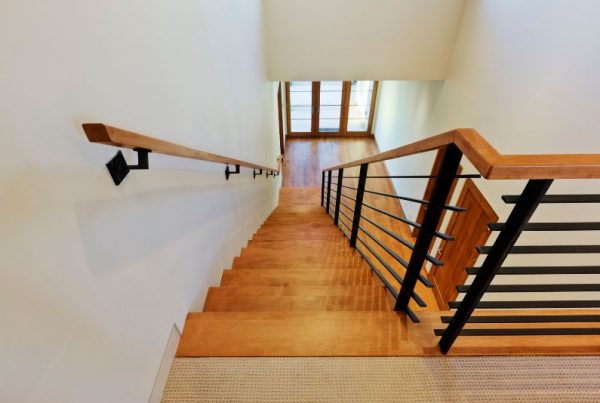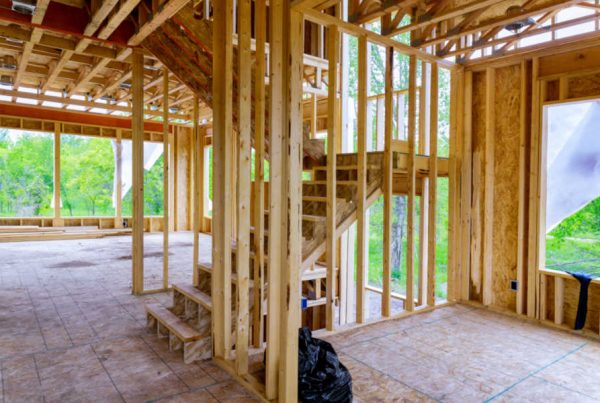After completing the pre-installation preparation phase, the next step in the home lift installation process involves the actual on-site installation. Understanding how long the installation will take and what disruptions may occur can help homeowners prepare more effectively. In this guide, we’ll discuss the typical timeline for installing different types of lifts and the potential disruptions that may arise during the process.
Typical Home Lift Installation Timeline
The time required for a home lift installation can vary depending on the type of lift being installed. For a generic, two-stop single entry lift with a sliding door, such as the Part 18 residential lift, the installation typically takes around two weeks from start to commissioning. For an Aritco lift, the timeline is shorter, usually ranging from one week to a week and a half.
Both of these timelines refer specifically to on-site installation, meaning the work taking place at your home. Factors like site readiness and lift type can affect the installation duration, but these estimates provide a general idea of how long the process may take.
- Part 18 residential lift: Approximately two weeks from start to commissioning.
- Aritco lift: Typically one to one and a half weeks.
Potential Disruptions During Lift Installation
Home lift installation can be disruptive, particularly in certain parts of the process. Noise is one of the main disruptions that homeowners can expect. This noise is typically generated during the installation of guide rails and other structural components, especially when hammer drilling is required. The level of disruption will vary depending on the location of the lift within the home and the construction methods used.
Another potential disruption is restricted access. During installation, areas of the home, especially around the lift lobby, may need to be barricaded off for safety reasons. This is to ensure that no one passes through while work is being conducted above, reducing the risk of accidents.
- Noise: Expect noise during the installation of guide rails and hammer drilling.
- Restricted Access: Some areas, especially near the lift lobby, may be barricaded off for safety.
Preparing for On-Site Lift Installation
To minimise disruptions and help the installation process run smoothly, homeowners can take several preparatory steps. Ensuring that family members are aware of restricted access areas and planning to stay clear of these zones during work hours can reduce safety risks and delays. Additionally, being prepared for noise can help everyone adjust to the temporary disruptions without undue stress.
What to Expect
For a successful lift installation, homeowners should prepare for early starts to allow the installation team to get started as early as possible. There will be some dust at the beginning of the installation process, particularly when work is being carried out on a full block shaft. Noise, especially hammer drilling, can also be expected for the first couple of days, so it is important to be prepared for these disruptions.
- Early Starts: Allow installation to start early in the morning.
- Dust and Noise: Expect some dust and significant noise, especially during the initial stages of installation.
Take the Next Step with Axis Lifts
Axis Lifts is dedicated to making the installation process as efficient and stress-free as possible. Our team will guide you through every step, from preparation to final commissioning, ensuring that you understand the timeline and any potential disruptions. For more information on home lift installation or to get started with your own project, contact us at 1300 002 947 or email us at sales@axislifts.com.au. Stay tuned for the next post in our series What to Expect for a Home Lift Installation as we dive into the commissioning and testing phase.




